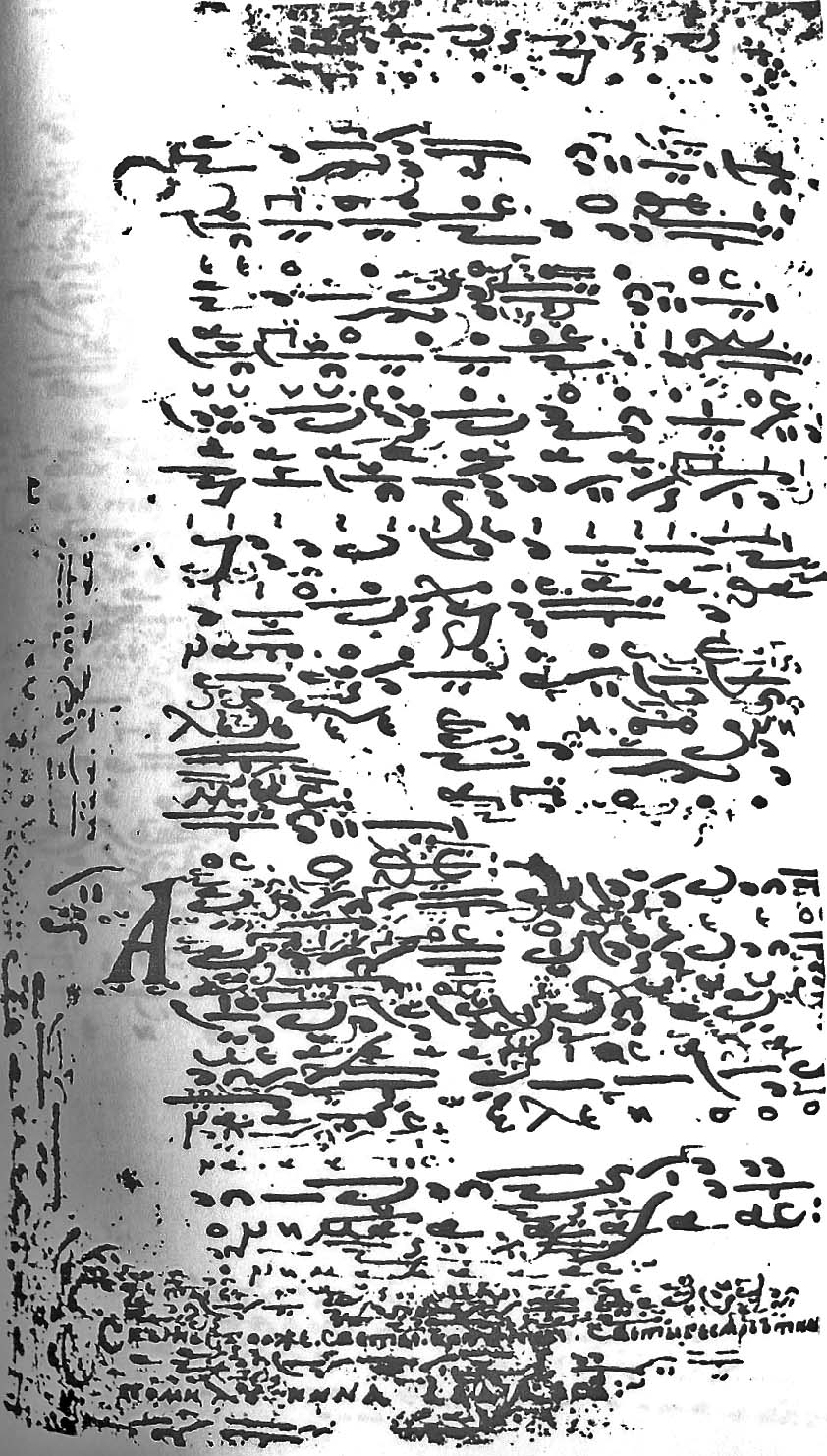|
Isaiah The Serb
Isaiah the Serb ( sr, Исаија Србин/Isaija Srbin) was a Serbian Orthodox hieromonk and composer of chants who flourished in the second half of the 15th century. Along with Kir Joakim, Kir Stefan the Serb, Nikola the Serb he faithfully followed Byzantine musical tradition, writing in the late kalophonic style of the 14th and 15th centuries. Life and works Isaiah worked in the Matejče Monastery, near Kumanovo (in modern North Macedonia). He was a prolific author of acolouthias (in Old Church Slavonic ''послѣдованиѥ''). Each ''acolouthia'' was an anthology of liturgical chants and psalm settings, both his own and others'. Isaiah was a very well-educated composer of both bilingual and purely Greek hymns. His masterpiece, ''Serbian Polyeleos'', appears in two manuscripts, one version with a Serbian recension of the text, the other with a Greek. The existence of Greek and Slavonic settings in his works shows that Serbian services were commonly bilingual. He w ... [...More Info...] [...Related Items...] OR: [Wikipedia] [Google] [Baidu] |
National Library Of Greece
The National Library of Greece ( el, Εθνική Βιβλιοθήκη της Ελλάδος, Ethnikí Vivliothíki tis Elládos) is the main public library of Greece, located in Athens. Founded by Ioannis Kapodistrias in 1832, its mission is to locate, collect, organize, describe and preserve the perpetual evidence of Greek culture and its uptake over time, as well as important representative evidence of human intellectual production. The NLG ensures equal non-access to these items based on the freedom of knowledge, information, and research. There is one general manager who serves a four-year term. A board of trustees has seven members with a three or four-year term. History The original idea for establishing a National Library was from the philhellene Johann Jakob Mayer, in an August 1824 article of his newspaper '' Ellinika Chronika'', published at Missolonghi, where Mayer and Lord Byron had been promoting Greece's independence. Mayer's idea was implemented in 1829 by the n ... [...More Info...] [...Related Items...] OR: [Wikipedia] [Google] [Baidu] |
15th-century Eastern Orthodox Clergy
The 15th century was the century which spans the Julian dates from 1 January 1401 ( MCDI) to 31 December 1500 ( MD). In Europe, the 15th century includes parts of the Late Middle Ages, the Early Renaissance, and the early modern period. Many technological, social and cultural developments of the 15th century can in retrospect be seen as heralding the "European miracle" of the following centuries. The architectural perspective, and the modern fields which are known today as banking and accounting were founded in Italy. The Hundred Years' War ended with a decisive French victory over the English in the Battle of Castillon. Financial troubles in England following the conflict resulted in the Wars of the Roses, a series of dynastic wars for the throne of England. The conflicts ended with the defeat of Richard III by Henry VII at the Battle of Bosworth Field, establishing the Tudor dynasty in the later part of the century. Constantinople, known as the capital of the world and ... [...More Info...] [...Related Items...] OR: [Wikipedia] [Google] [Baidu] |


